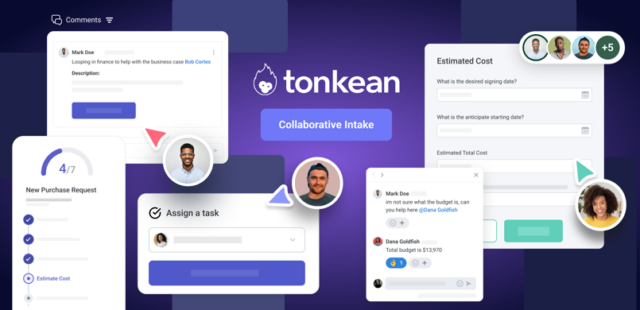Artificial intelligence (AI) is one of the biggest buzzwords in procurement. Everyone wants to get their hands on it and introduce it into their strategies.
Particularly in procurement, AI is often talked about being the answer to all challenges. It can be used to overcome complex problems and deliver efficiency while also being introduced within software applications such as spend analysis, contract management and strategic sourcing.
In this article, we will list 10 of the best ways to use AI in procurement.
1. Machine learning spend classification
AI algorithms can help categorise, clean and classify data automatically. Machine learning spend classification helps detect patterns and uses them for prediction while allowing for better decision-making. Examples of spend classification techniques include supervised learning, unsupervised learning in vendor management and classification reinforcement learning.
2. Natural Language Processing (NLP)
National Language Processing (NLP) is the branch of artificial intelligence focused on understanding, interpreting and manipulating human language. It can be used to gain valuable data and information to streamline time-consuming processes. Information contained in legal documents can be interpreted through AI for the procurement of relevant data. It allows procurement professionals to get ahead and use an AI assist engine to receive alerts to proactively monitor progress. It also allows for compliance over the life of multiple agreements with the same or several vendors.
3. Robotic Process Automation (RPA)
Robotic Process Automation (RPA) mimics human actions to eradicate repetitive tasks. While not strictly AI in the traditional sense, RPA does provide procurement with opportunities to improve process efficiency and is part of the wider family of AI. It can assist with the likes of contract management, input identification as well as purchase request and order submission, among more benefits.
4. Anomaly detection
With AI being able to process vast amounts of data quickly, it is able to stay up to date on the latest developments and changes in the procurement space at speed. Automated notifications on things such as anomalies, new opportunities and recommended activities allows for immediate action to be taken and provide suggestions on what should be done instantly. Rapid detection will ensure risks are mitigated and resolved before they become problems.
5. Purchasing
AI can be utilised to automatically review and approve purchase orders. Chatbots can be used to check the status of acquisitions or automatically approve virtual card payments. AI can analyse data and assess the reliability and quality of suppliers based on predefined criteria. This helps the purchasing team select the best suppliers quickly and accurately.
6. Contract management
Contract management can benefit through using AI to create, store, review, index, retrieve, analyse, negotiate and approve agreements. A big benefit delivered by contract management solutions that use AI is standardised metadata reporting which eliminates the need for category managers and legal counsels to manually read contracts to gain insights into the commercial part of their supplier relationships.
7. Supplier risk management
Supplier risk management is an important part of the procurement process and is around understanding what happens if a supplier fails to meet its obligations. To combat this, AI can be used to monitor and work out potential risk position through Big Data. Millions of different data sources are screened in order to provide alerts on potential risks within the supply chain.
8. Accounts payable automation
AI can automate most manual tasks in accounting such as data entry and invoice routing. Using AI for this substantially reduces procure-to-pay cycles, minimises the need for humans to get involved and integrates multiple workflows into a seamless process.
9. Strategic sourcing
Using AI in strategic sourcing is a key tool in a procurement practitioner’s arsenal. AI can be used to manage and automate sourcing events while also leveraging machine learning for the recognition of bid sheets, as well as specialised category-specific e-sourcing bots such as raw materials and maintenance.
10. Automated compliance
AI can also be used as a valuable tool for compliance officers to help work out potential risks, monitor employee behaviour, generate reports, provide recommendations as well as educating employees about the importance of compliance. For organisations without a source-to-pay system, compliance is a useful alternative and allows procurement teams to seamlessly compare payment terms, identify duplications as well as determine non-compliance.











